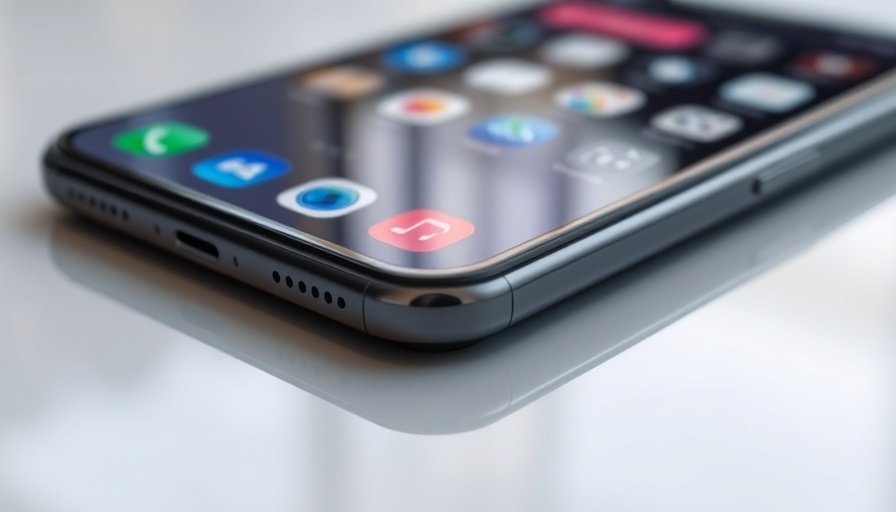
The Future of Smartphones: Apple’s Innovative Leap
As technology continues to evolve, Apple is once again at the forefront with the anticipated launch of the iPhone 17 Air. According to reports, this new model aims to push the boundaries of smartphone design, introducing a sleeker, slimmer phone reminiscent of the MacBook Air. The primary ambition of Apple engineers has been to create a device that balances aesthetics with functionality—a challenge that reportedly required a "herculean effort" to prevent any compromise on battery life despite its thinner profile.
Exploring Wireless Future: The Portless iPhone Concept
In the wave of innovation, Apple has also flirted with the idea of making the iPhone 17 Air the first completely port-free smartphone, relying solely on wireless charging and cloud syncing for data access. While this concept aligns with the growing trend towards wireless technologies and reimagined user experiences, Apple’s decision not to pursue it reflects a strategic caution. Regulatory concerns, particularly from the EU which mandates the use of USB-C connectors, played a significant role in this decision, indicating that even giants like Apple must navigate complex legislative landscapes.
Competitive Landscape: Apple’s Position Amidst the Portless Trend
The potential move towards a port-free device is not entirely unprecedented. Competitors like Vivo and Meizu have attempted similar innovations, albeit with mixed results. For instance, Vivo's Apex concept eliminated traditional ports in favor of a full-screen fingerprint sensor, while Meizu's Zero struggled to gain financial backing for its ambitious design. As we look ahead, adopting such a radical design could redefine user expectations, but the practicalities of device repair and usability could pose significant challenges for consumers.
What This Means for Industry Trends and Consumer Choices
As Apple sets the stage for what might be the future of smartphones, tech professionals and early adopters must remain vigilant. If the iPhone 17 Air's slim design proves commercially successful, we could see a more widespread adoption of port-free smartphones across the industry. This would send ripples through markets as other manufacturers scramble to enhance their offerings with equally sleek designs. Therefore, industries ranging from healthcare to finance must consider how emerging technologies will reshape their tools and workflows, impacting their business plans.
Conclusion: How Apple’s Decisions Shape Market Transformations
In the dynamic interplay of technology, regulation, and consumer expectations, Apple’s latest endeavors exemplify how innovation must often contend with practical constraints. As the iPhone 17 Air approaches its release, stakeholders across various sectors should take note of how wireless innovation could redefine usability and connectivity. Keeping abreast of these trends will enable professionals to leverage new capabilities effectively.
Call to Action: Stay informed on the latest in emerging technologies and industry trends—subscribe to our newsletter for expert insights and analyses tailored to enhance your business strategy.
 Add Row
Add Row  Add
Add 



 Add Row
Add Row 


 Add
Add 

Write A Comment